Single use, disposable products now greatly contribute to the growing wasteland of landfills and ocean debris. Consumers buy and use more disposable products than they ever have before, though this has become common only in the last half-century or so because, as The Guardian puts it, “Environmental sustainability and business don’t always go hand in hand (Wu).”
In the 1950s or earlier, companies and manufacturers often created their products with the goal of long-lasting durability in mind, leading to high quality commodities that may have cost a little extra, but lasted throughout the ages; this attitude is why vintage cast-iron pots and pans from the early 1900s can still be used beautifully for cooking today, after only a bit of restoration. However, companies figured out that selling a lifetime product that never needs replacing results in a maximum sale of one product per customer, and that they could run out of business this way (Hindle).
This concept is known as “planned obsolescence.” It can be commonly observed in the intentional limited functions of car models, wherein a car will break down and cease efficient operation in a few years and buying a new car is more economical than taking it to the car garage every three weeks for repairs; in phone batteries, sealed into the phone and not removable or replaceable, forcing the owner to buy a new phone when aforementioned battery dies; in clothing, which we can clearly see in season-long trends that disappear after four months, also known as “fast fashion” (American fashion retail chain Forever 21 is well-known for their low-cost, trendy, cheaply-made clothing); in ink cartridges, which can be programmed to prevent them from releasing ink after a certain number of pages or words have been printed. With this technique of intentional, long-term self-sabotage, companies, usually those with oligopolies who dominate their market, can capitalize on unwitting consumers and make millions more dollars than they would have if they released lifetime-quality products by causing consumers to regularly contribute to their profit margins (Bulow).
Single use products are simply advanced, sped-up versions of the previous examples. For instance, single-use cameras allow one to take about 25 photographs, or about one roll of film, and then there is absolutely no way to use that camera as a camera ever again; it is disposable. If one enjoys taking photos with film cameras, and takes them often, it would be more cost effective to buy a long-lasting film camera. If one enjoys taking photos with digital cameras, and takes them often, it would be more effective to buy a long-lasting digital camera. On the other hand, if one does not care for photography as a medium and simply wants to take some pretty landscape photos of their Saturday morning hike in the woods without having to worry about running out of battery on their phone, they will likely buy a disposable camera, have fun with it, get their film developed at the drugstore, throw the camera in the trash which will later end up in a landfill, and go on with their life. Maybe they will want to do the same activity again with the same materials, buy another disposable camera, and repeat the process. It is their life, their money, and they can do what they want with it; but single use things are both expensive and not always easily recyclable.
Many of these non-recyclable, single use, highly profitable items are made from plastic, which is cheaper than paper or glass for companies to manufacture. Developments in plastics technology of the 1960s and 1970s brought inexpensive forms of plastic to the forefront of society, most notably the plastic bottle and plastic bag. Plastic bottles and bags are most commonly composed of high-density polyethylene, a plastic made from petroleum. Petroleum is a fossil fuel. It is another name for crude oil.
Plastic resin pellets, the plastic that is shipped to companies before creating their final end products, are not packaged safely in their transportation and are easily spilled overboard into the sea. They also readily absorb toxins and chemical pollutants, so the organisms that eat them, the animals who eat the organisms, and the humans who eat the animals get slowly poisoned thanks to the plastic resin pellets.
Most plastic waste is thrown away into the sea. The ocean’s currents distribute the plastics vertically, so they break down into small, unmanageable pieces throughout the entirety of the ocean, not just the Pacific, and not just on the surface of the sea.
Furthermore, plastic particles are serial killers of marine wildlife. Small pieces of plastic are eaten by sea creatures, who die from eating them, and are left drifting away after the dead creature has decomposed. Then, another creature will ingest the plastic, continuing the cycle. Additionally, 49 known species of marine mammals, such as dolphins, seals, and sea lions, regularly become entangled in plastic products like six pack rings, fishing nets, and fishing line. Fish often get stuck in plastic fishing nets as well; seabirds then go to eat those fish. In the process of retrieving their prey, the birds get stuck as well. Fishing ropes also damage the coral reef systems.
Other plastic waste ends up in landfills. A study from 2012 shows that in New York City alone, over four million tons of recyclable material was thrown out with the trash. This material was either sent to a landfill, or incinerated. The powerful greenhouse gas methane is released as a byproduct of bacteria breaking down biodegradable plastics in landfills. Methane is a direct contributor to global warming.
Bioplastics, the plastics made from plants like corn, are not a viable solution to plastic pollution. Companies tout bioplastics as an biodegradable, cost-effective alternative to petroleum-made plastics, but these products are often only partially made from organic material and/or are only biodegradable by composting, which most people do not do.
The obvious solution to minimizing waste would be to take reusable containers and bags everywhere with oneself, and in the event that using disposable products is absolutely necessary, try to recycle them whenever possible.
My idea for a solution was initially to create a sort of bean bag chair or seat cushion made from plastic waste. As I thought more about it, I wanted to create a log of various ways to manipulate plastic in order to create usable material from it which has a safe, non-toxic production process, meaning minimal-to-none heating or burning of plastic. People would then be able to use this knowledge to fabricate a diverse collection of objects, or do what they will with it. I tried this method, but lacked the motor skills to test the usage of plastics as fabric.
Finally, I decided to create small, simple figurines out of plastic bags and other miscellaneous materials such as tape, egg cartons, scrap paper, and rubber bands, as a low-cost way to display plastic and draw awareness to the issue. These figurines, or “little monsters,” show the monster that is disposable plastic. They are simple and easy to make, and can be a fun learning activity for children, introducing them to the topic of waste and sustainability.
Works Cited
Bulow, Jeremy. “An Economic Theory of Planned Obsolescence”. The Quarterly Journal of Economics, New York: John Wiley & Sons, Inc., November 1986. Web. 04 Feb. 2016.
Hindle, Tim. “Planned Obsolescence.” The Economist. The Economist Newspaper, 23 Mar. 2009. Web. 04 Feb. 2016.
Wu, Amy. “Good Product, Bad Package: Top Sustainable Packaging Mistakes.” The Guardian. Guardian News and Media Limited, 18 July 2014. Web.
My infographic about this issue can be viewed here:
https://infograph.venngage.com/p/99956/plastic-pollution_new
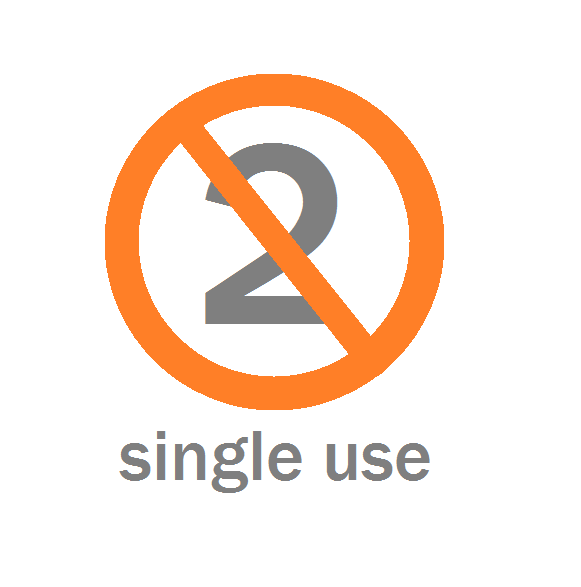
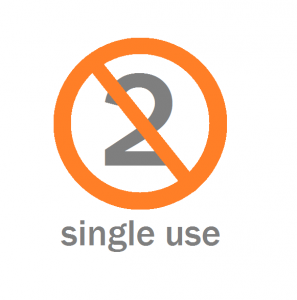
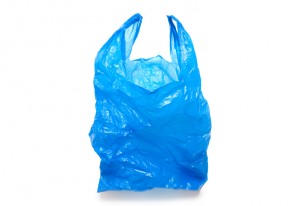
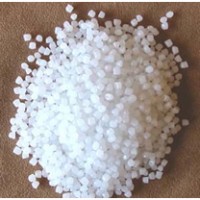
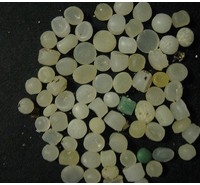
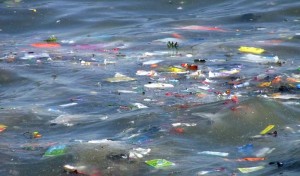
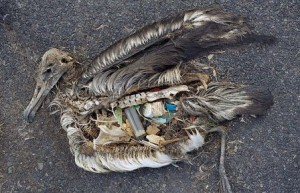
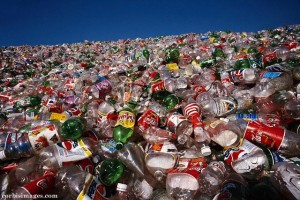
This is a very well-considered, well-designed page Rui–suitably devastating in its impact too. Thank you for this. I hope many people see it. ML